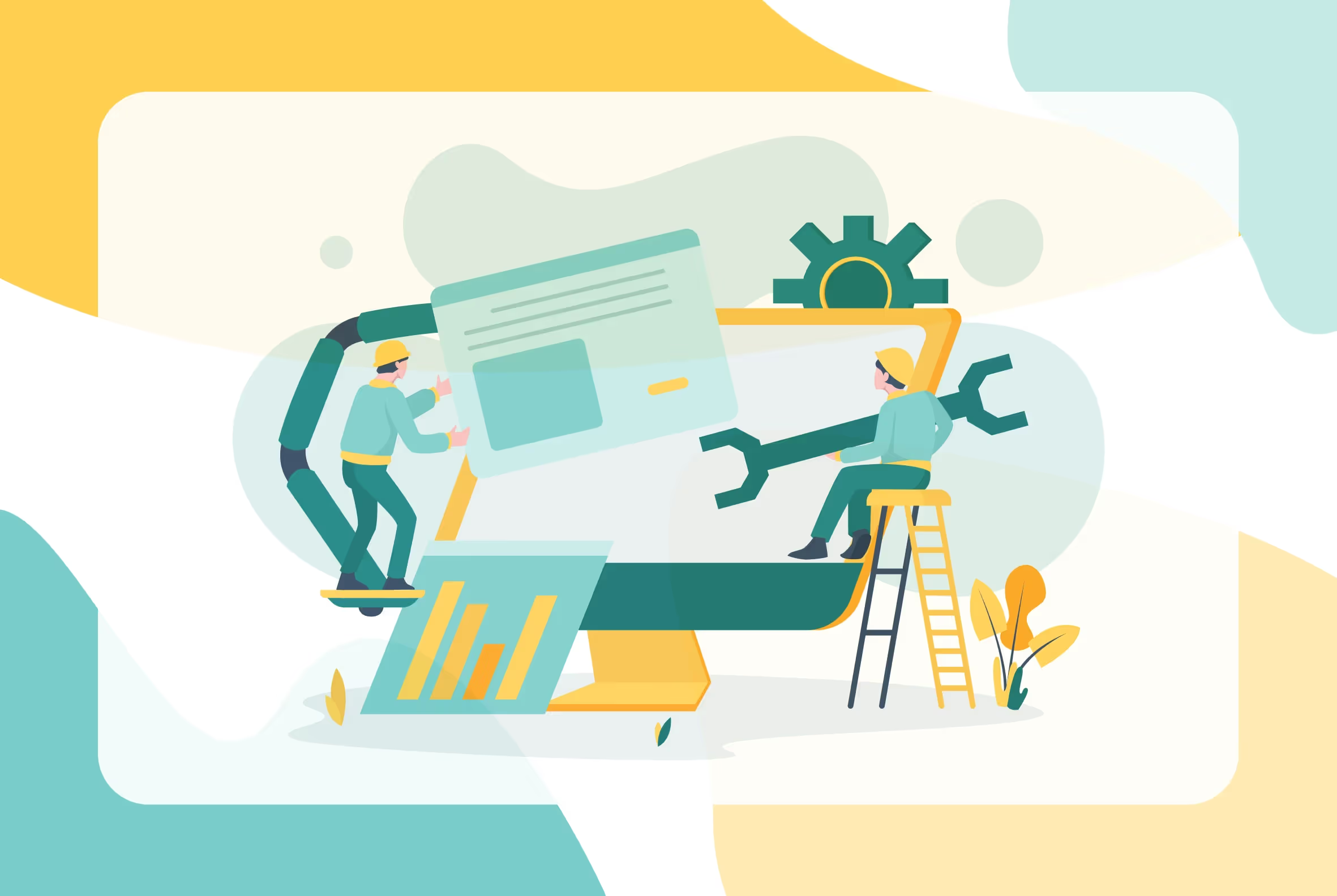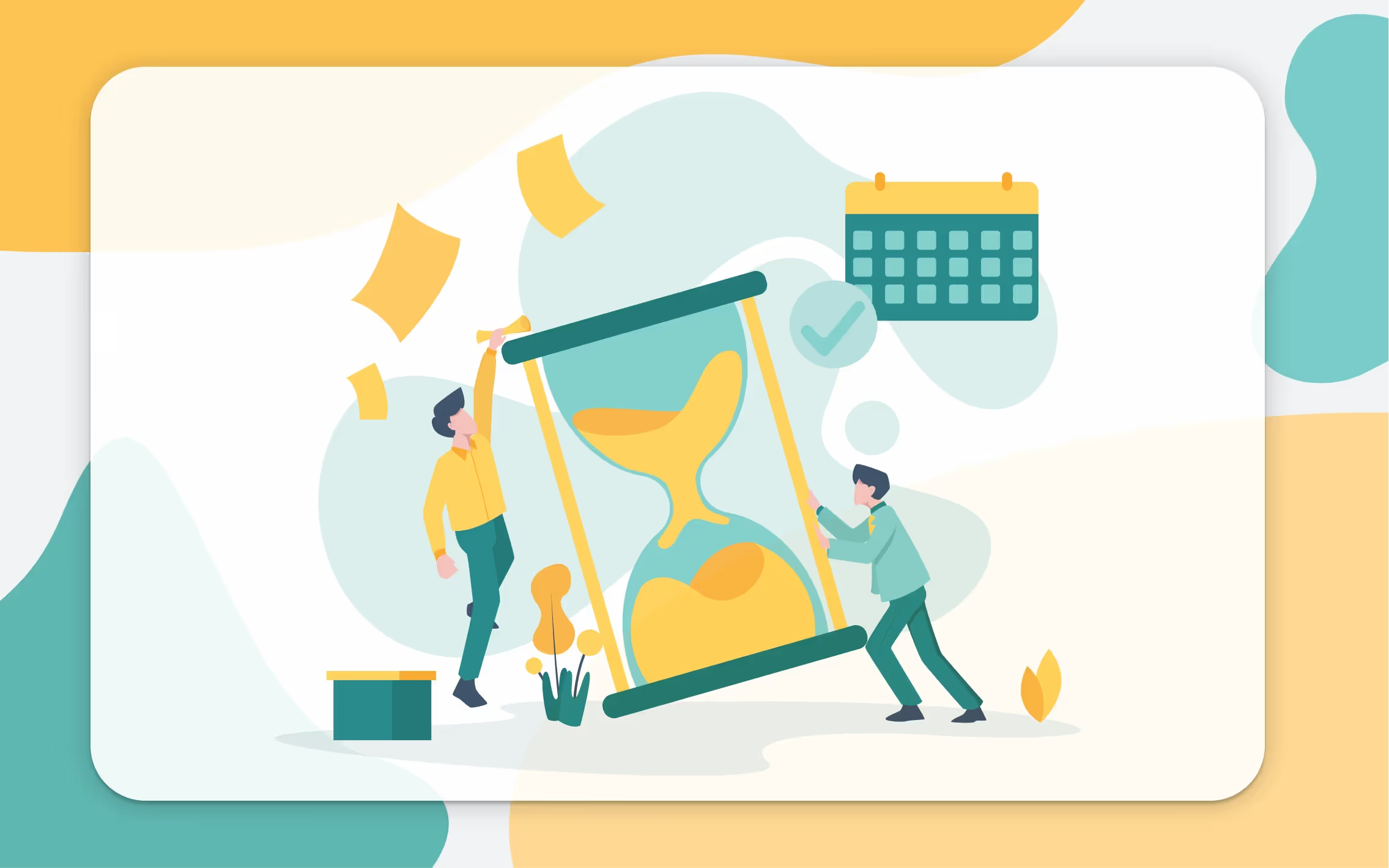Scheduling software for artists: how to get more schedules for your classes?

No matter if you are a music teacher, dance teacher, or any other type of artist, having the right scheduling software for your classes can make all the difference. It can help you create an efficient schedule that meets your students’ needs and helps them get the best out of their lessons. Here are some tips to help you get more schedules for your classes:
Benefits of Scheduling Software for Artists
Streamlined Organization
Scheduling software helps artists maintain a well-structured calendar, making it easier to manage multiple classes, events, and deadlines. By having all scheduling information in one centralized location, artists can quickly view and modify their schedules, enabling better organization and reducing the risk of errors or conflicts.
Increased Efficiency
By automating various administrative tasks, such as booking confirmations and sending reminders, coworking software frees up more time for artists to focus on their craft and teaching. This increased efficiency allows artists to deliver higher-quality classes and devote more attention to their students’ needs.
Enhanced Communication with Students
Scheduling software offers a range of communication features, such as automated notifications, email integration, and in-app messaging. These tools enable artists to easily share updates, changes, or important information with their students, fostering better relationships and ensuring everyone stays informed and engaged,.
Better Tracking of Class Progress and Attendance
With built-in reporting and analytics features, scheduling software enables artists to monitor class progress, track attendance, and identify patterns or trends. This valuable data can be used to make informed decisions about class offerings, marketing strategies, and individual student support, ultimately leading to improved class experiences and outcomes.
Key Features to Look for in Scheduling Software for Artists
User-Friendly Interface
Ease of use
A scheduling software with an intuitive interface allows artists to quickly understand and navigate the platform, saving time and effort. For example, a clear layout with easily accessible menus and functions promotes efficient scheduling and management.
Customizable features
Software that offers customization options, such as color-coding or personalized views, enables artists to tailor the platform to their specific needs and preferences. This helps streamline the scheduling process and improves overall organization.
Integration Capabilities
Integration with other tools and platforms
Scheduling software that integrates with other platforms, such as project management or accounting tools, can significantly enhance an artist’s workflow. For instance, integration with popular tools like Trello or QuickBooks assistant can help keep all relevant information in one centralized location or using social media scheduling tools to help you stay consistent on social media.
Syncing with personal calendars
Software that syncs with personal calendars, like Google Calendar or Apple Calendar, ensures artists never miss important events or deadlines. This feature allows for seamless coordination between personal and professional schedules, preventing double bookings or conflicts.
Automated Reminders and Notifications
Email and SMS reminders
Scheduling software that sends automated email and SMS reminders to students helps minimize cancellations and no-shows. These reminders ensure students are aware of upcoming classes and any changes in the schedule, improving overall communication. If you get a lot of calls and not just emails and texts, it’s worth looking into a VoIP phone system.
Push notifications
Push notifications from scheduling software can provide real-time updates and reminders, keeping both artists and students informed about any changes or important events. This feature enhances communication and helps maintain a smooth class experience.
Reporting and Analytics
Attendance tracking
Attendance tracking features in scheduling software enable artists to monitor student participation and identify patterns or trends. This information can be useful for targeting marketing efforts, adjusting class offerings, or addressing individual student needs. For example, if you’re promoting a future class, you might want to segment your audience based on past attendance. If you’re teaching photography one day, you might not want to send a promotional email to those who only frequent your canvas print classes.
Class performance analysis
Analyzing class performance data, such as average attendance or student feedback, can help artists identify areas for improvement and growth. Scheduling software with built-in analytics features can provide valuable insights to guide decision-making and enhance the overall class experience.
Tips for Optimizing Schedules for Your Classes
Prioritize Your Tasks
Understanding the importance of each task helps you allocate time and resources more effectively. For instance, preparing lesson plans and sourcing materials should take precedence over less critical tasks like updating your website.
Set Realistic Deadlines
Setting achievable deadlines ensures that you can complete tasks without compromising quality. For example, if you typically need a week to prepare a new class, don’t promise to launch it in just three days, as this may lead to a rushed and subpar experience for your students.
Keep a Consistent Schedule
Sticking to a consistent schedule helps build trust with your students and encourages regular attendance. For instance, holding classes every Tuesday and Thursday at the same time allows students to plan their schedules around your sessions and minimizes disruptions.
Adjust and Adapt as Needed
Being flexible with your scheduling allows you to accommodate unexpected changes or challenges. For example, if a student needs extra help or a last-minute event conflicts with your class, adjusting your schedule accordingly demonstrates your commitment to your students’ success.
Be Open to Feedback
No matter if you are teaching in a physical or online classroom, it can be helpful to ask your students for feedback on the pacing, content, and overall structure of your classes. This helps you better understand their learning needs and ensure everyone is getting the most out of your sessions. With their input, you can make any necessary changes that will help foster a successful learning experience.
Conclusion
While it’s not always easy to be a great teacher, the tips mentioned above can help you become an effective and engaging one. With hard work, patience, and dedication, you can confidently create a stimulating learning atmosphere that will benefit your students and yourself. Good luck!
FAQ
How can scheduling software help artists manage their classes?
Scheduling software can help artists manage their classes by streamlining organization, automating administrative tasks, enhancing communication with students, and providing valuable insights through reporting and analytics. These features enable artists to efficiently handle multiple classes, events, and deadlines, while also improving the overall class experience for both the artist and their students.
What are the essential features to look for in scheduling software for artists?
Essential features to look for in scheduling software for artists include a user-friendly interface, integration capabilities with other tools and platforms, automated reminders and notifications, and reporting and analytics. These features help artists maintain an organized schedule, communicate effectively with students, and make data-driven decisions to improve class offerings and performance.
How can artists optimize their schedules using scheduling software?
Artists can optimize their schedules using scheduling software by prioritizing tasks, setting realistic deadlines, maintaining a consistent schedule, and adjusting or adapting as needed. Scheduling software makes it easier to implement these strategies by providing a centralized platform for organizing and managing all aspects of their classes, while also offering features like automated reminders, calendar syncing, and analytics to support efficient time management and decision-making.
Which scheduling software is best suited for artists and their classes?
The best scheduling software for artists and their classes depends on individual needs and preferences. When choosing a scheduling software, artists should consider factors such as ease of use, customization options, integration capabilities, and available features like automated reminders, reporting, and analytics.
How can artists maintain a consistent schedule with the help of scheduling software?
Scheduling software helps artists maintain a consistent schedule by offering a centralized platform for organizing and managing classes, events, and deadlines. Features like calendar syncing, automated reminders, and notifications ensure that artists and their students are always aware of upcoming classes and any changes in the schedule. By using scheduling software to establish a routine and communicate effectively with students, artists can foster trust, encourage regular attendance, and create a smoother class experience for everyone involved.






